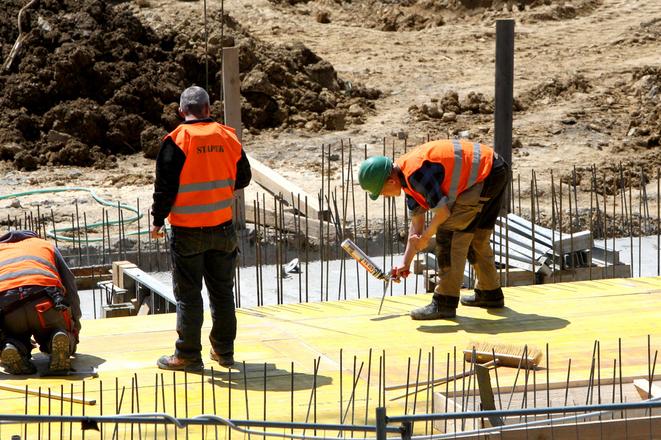Compared to August, when the construction output dropped by 4.9 percent month-on-month, it grew by 8.4 percent m/m in September. In annual terms, the construction output went up by 25.3 percent to €572 million (compared to 9.8 percent in August), according to the data provided by the Statistics Office.
“The main drawing force of the sector remains the construction of infrastructure (an increase by 68.6 percent year-on-year in September), which is supported by drawing the EU funds from the currently ending programming period,” Ľubomír Koršňák, analyst with UniCredit Bank Czech Republic and Slovakia, wrote in a memo.
Moreover, the construction of buildings increased by 7 percent y/y, which confirms the restoration of the real estate market, he added.
Construction output carried out by companies in Slovakia increased by 25.6 percent y/y, while the volume as a proportion of total construction output increased by 0.2 percentage points to 95.8 percent. Domestic output was influenced by a significant increase in construction work on new buildings and modernisation and reconstruction by 36.2 percent. Work on repairs and maintenance increased by 0.2 percent.
As a proportion of domestic output, new construction including modernisation and reconstruction reached 76.9 percent in September, an increase by 6 percentage point y/y.
Over the first nine months of 2015, total construction output reached €3.706 billion, a 15.7-percent increase y/y, of which €3.536 billion was formed by domestic output, a 16.6-percent increase y/y.
The volume of work on new construction including modernisation and reconstruction rose by 24.1 percent to €2.653 billion. The value of repairs and maintenance remained unchanged y/y at €851.3 million.
Since the construction works on public orders co-financed from the EU funds should be completed by the end of the year, the construction output will maintain relatively good figures also in the coming months, says VÚB bank analyst Andrej Arady.
however, Koršňák adds that the annual growth dynamics will gradually slow down.
“Completing the projects financed from the previous programming period at the end of this year will most probably negatively impact the construction performance in the beginning of next year,” he said.



 Illustrative stock photo (source: SME)
Illustrative stock photo (source: SME)